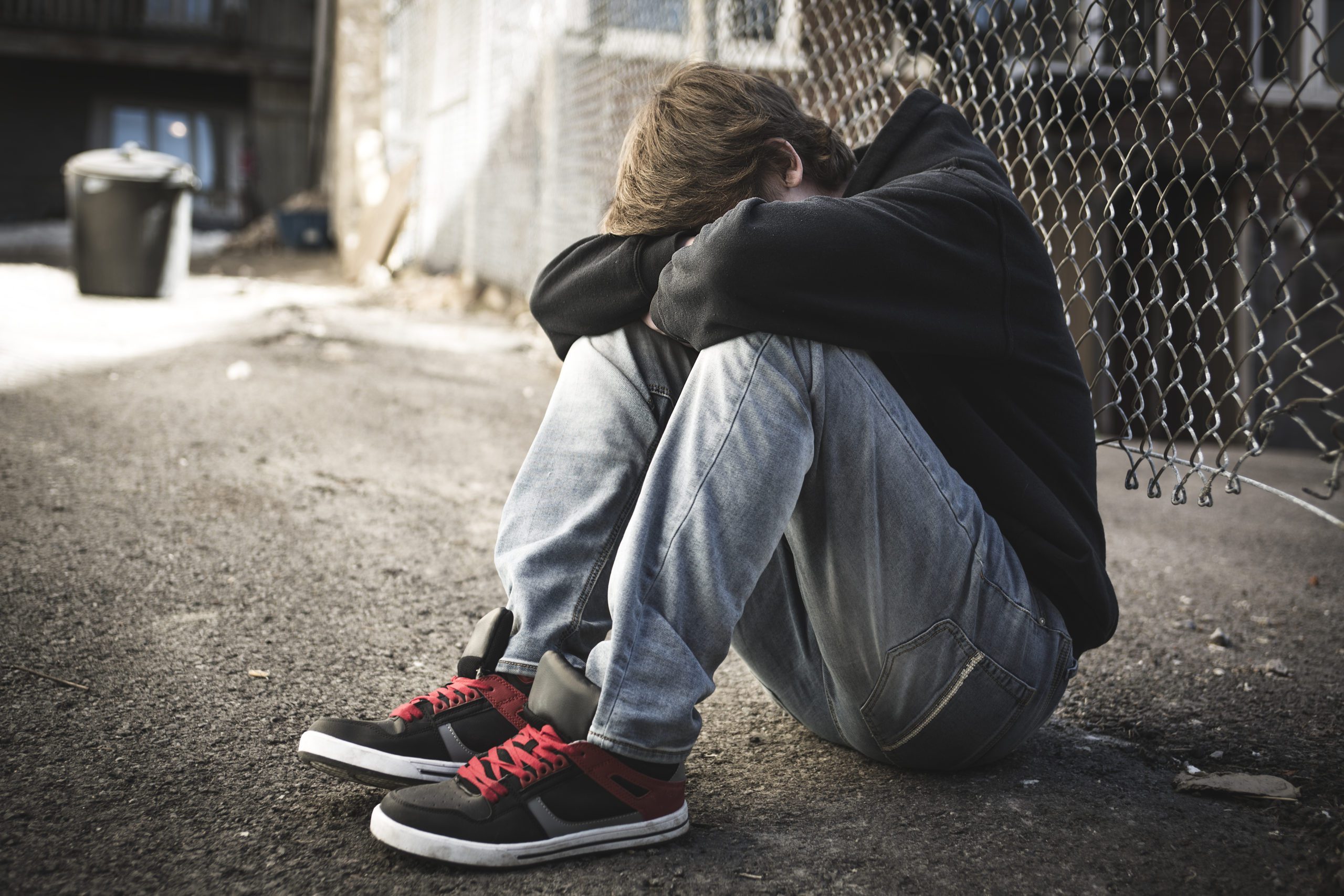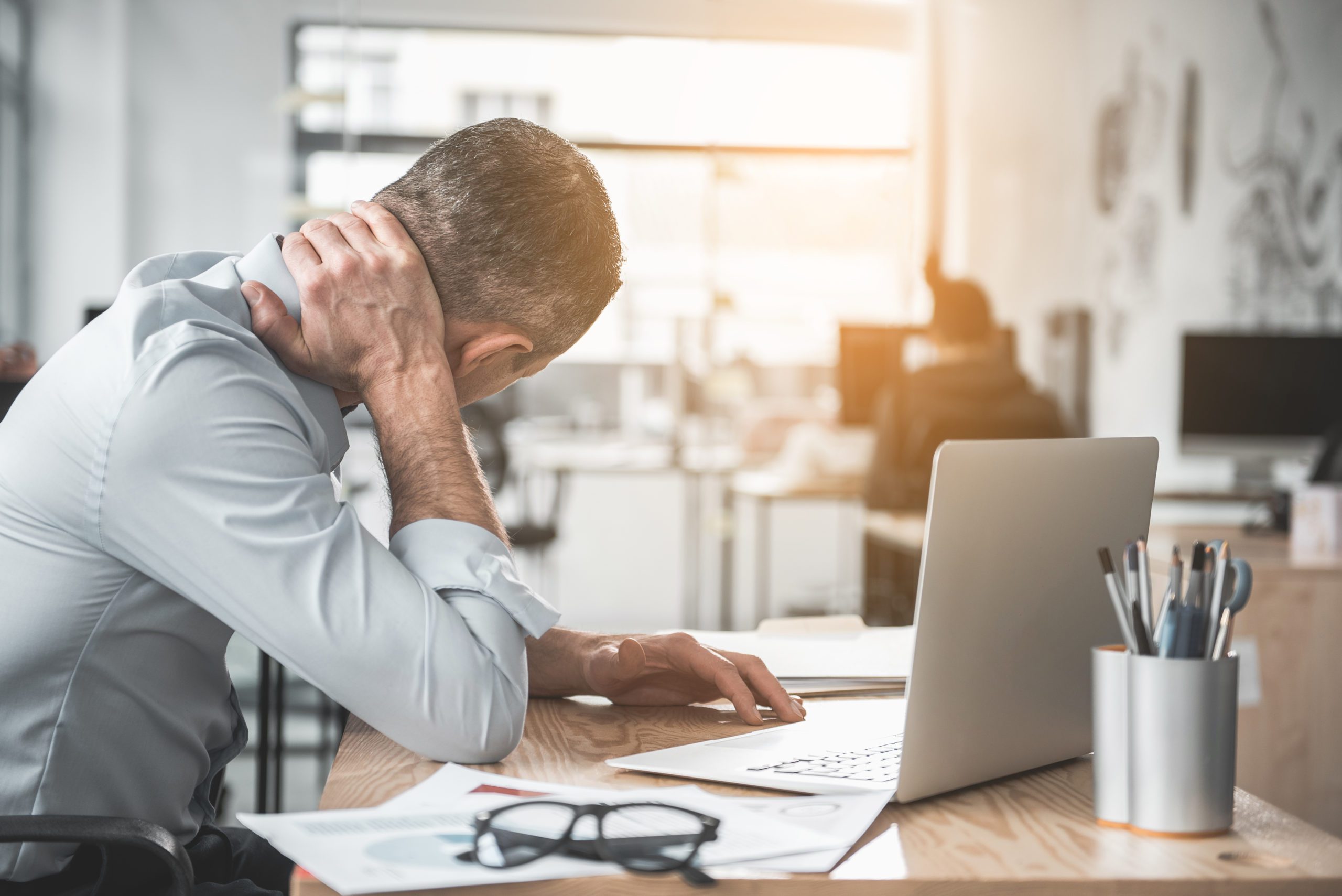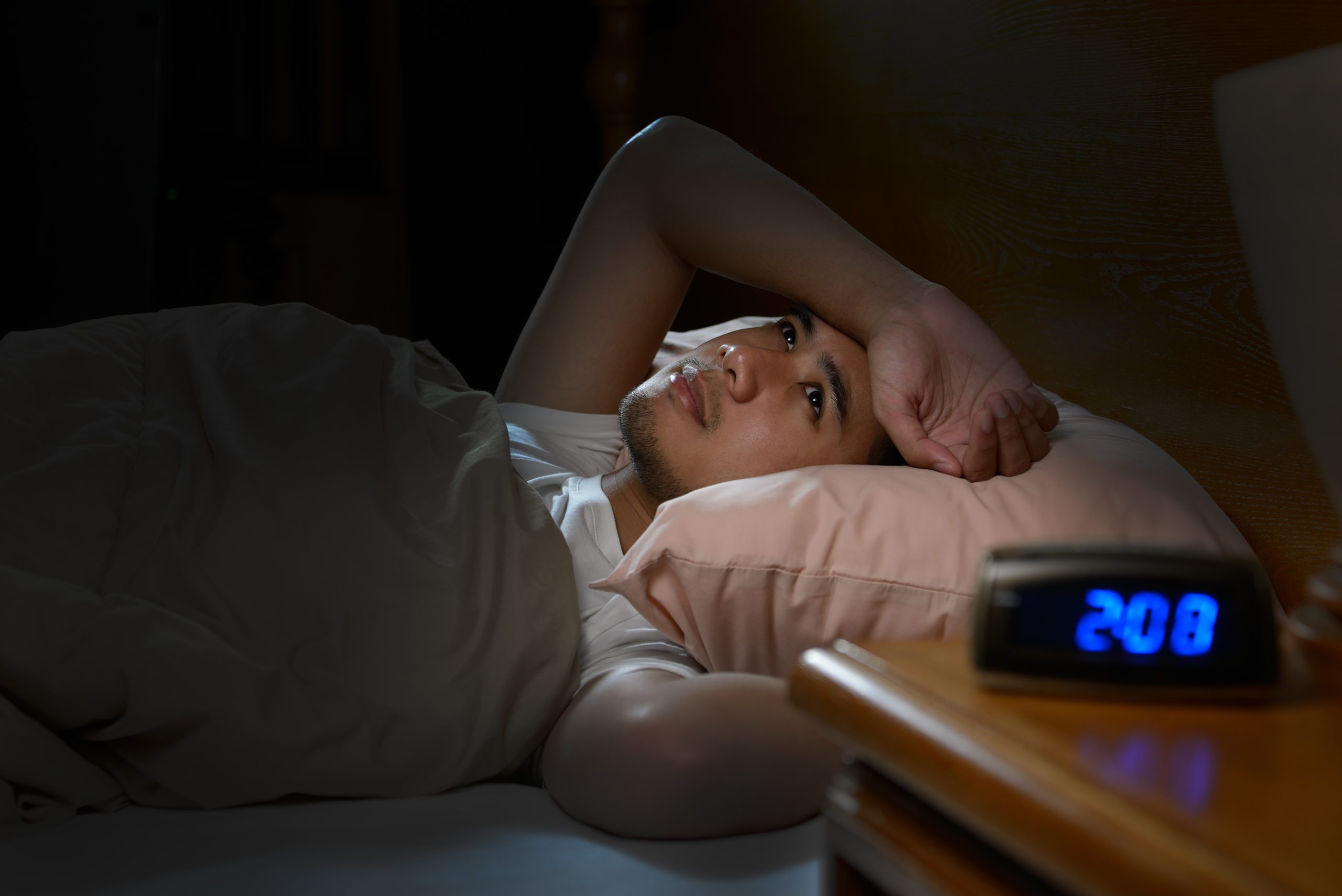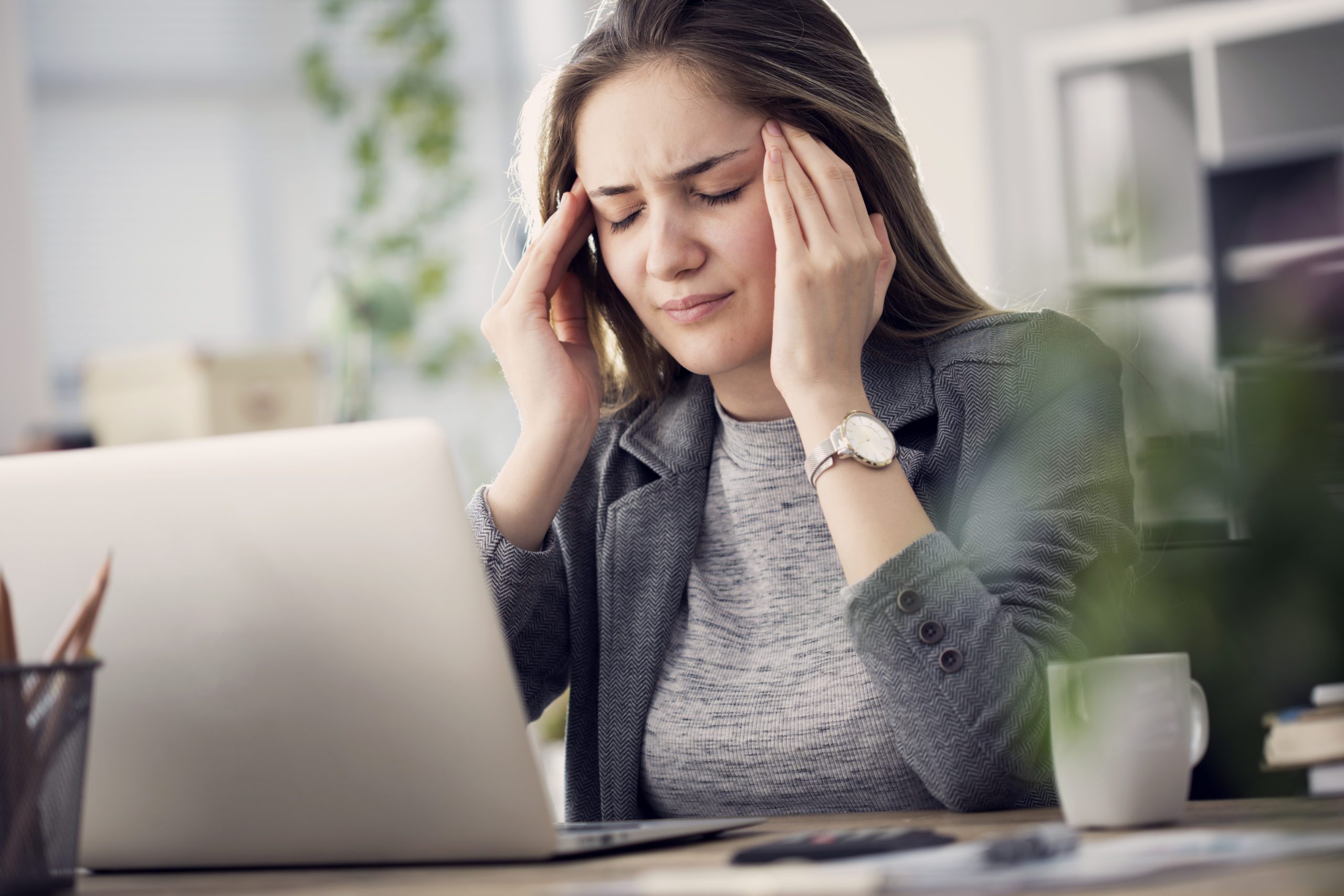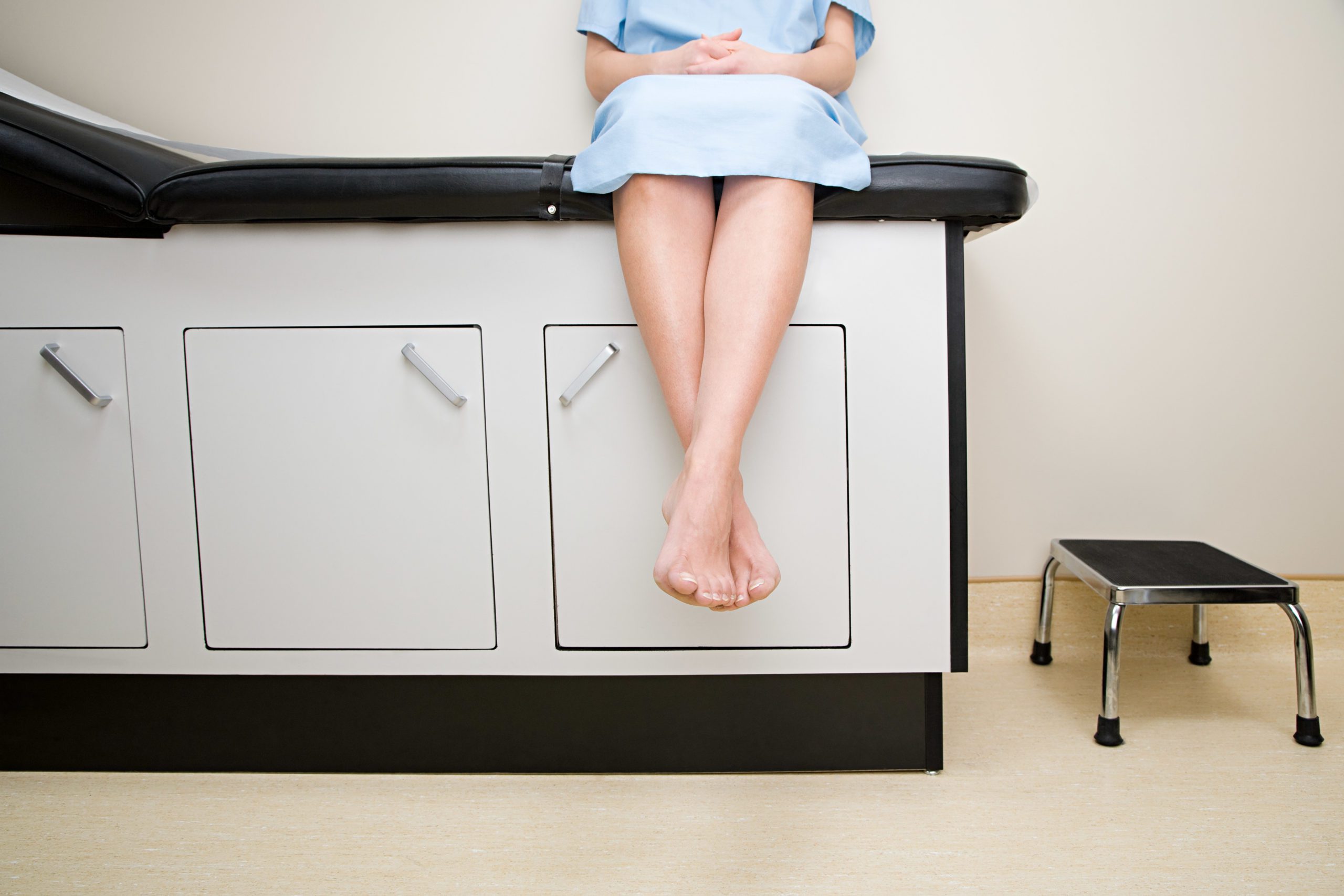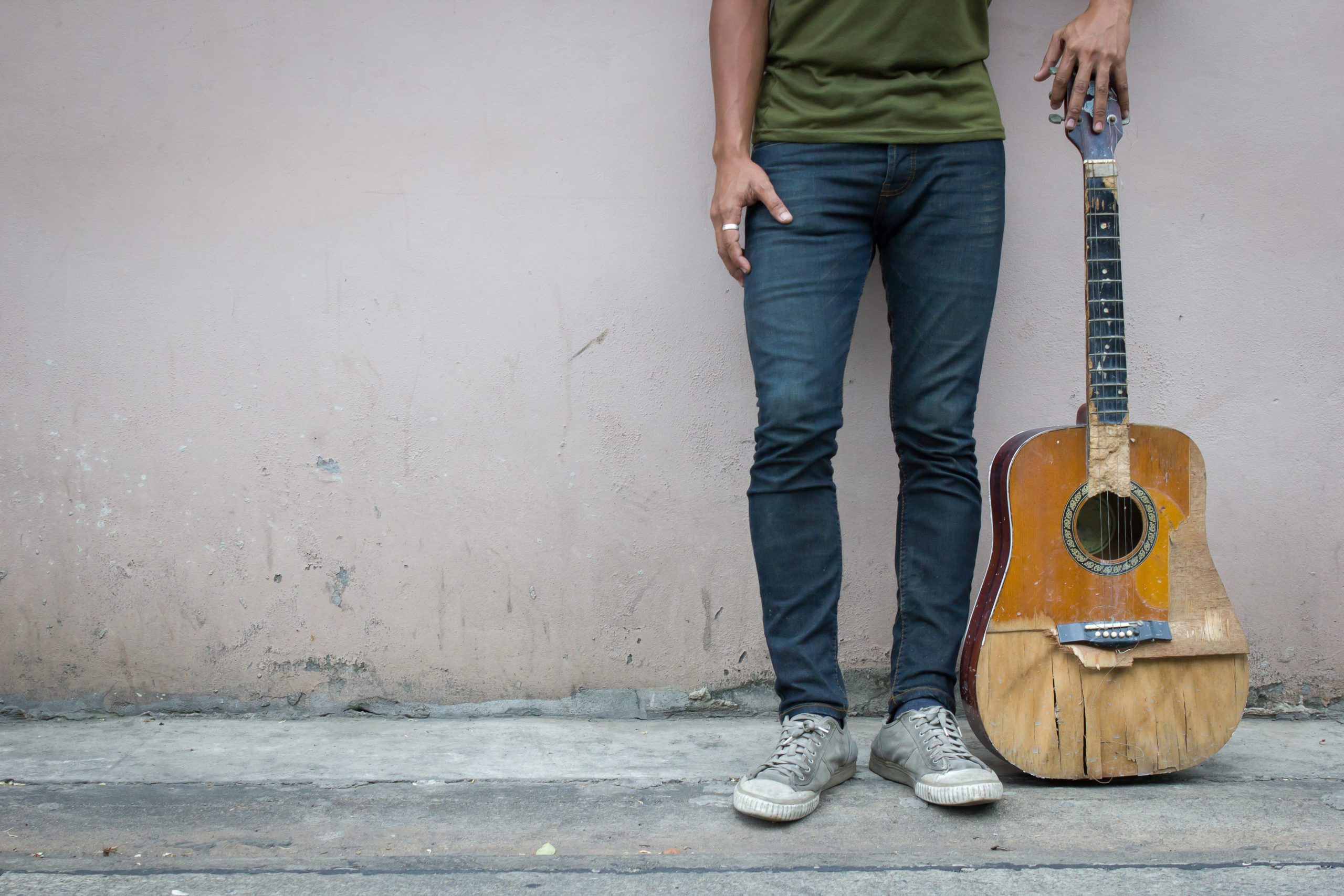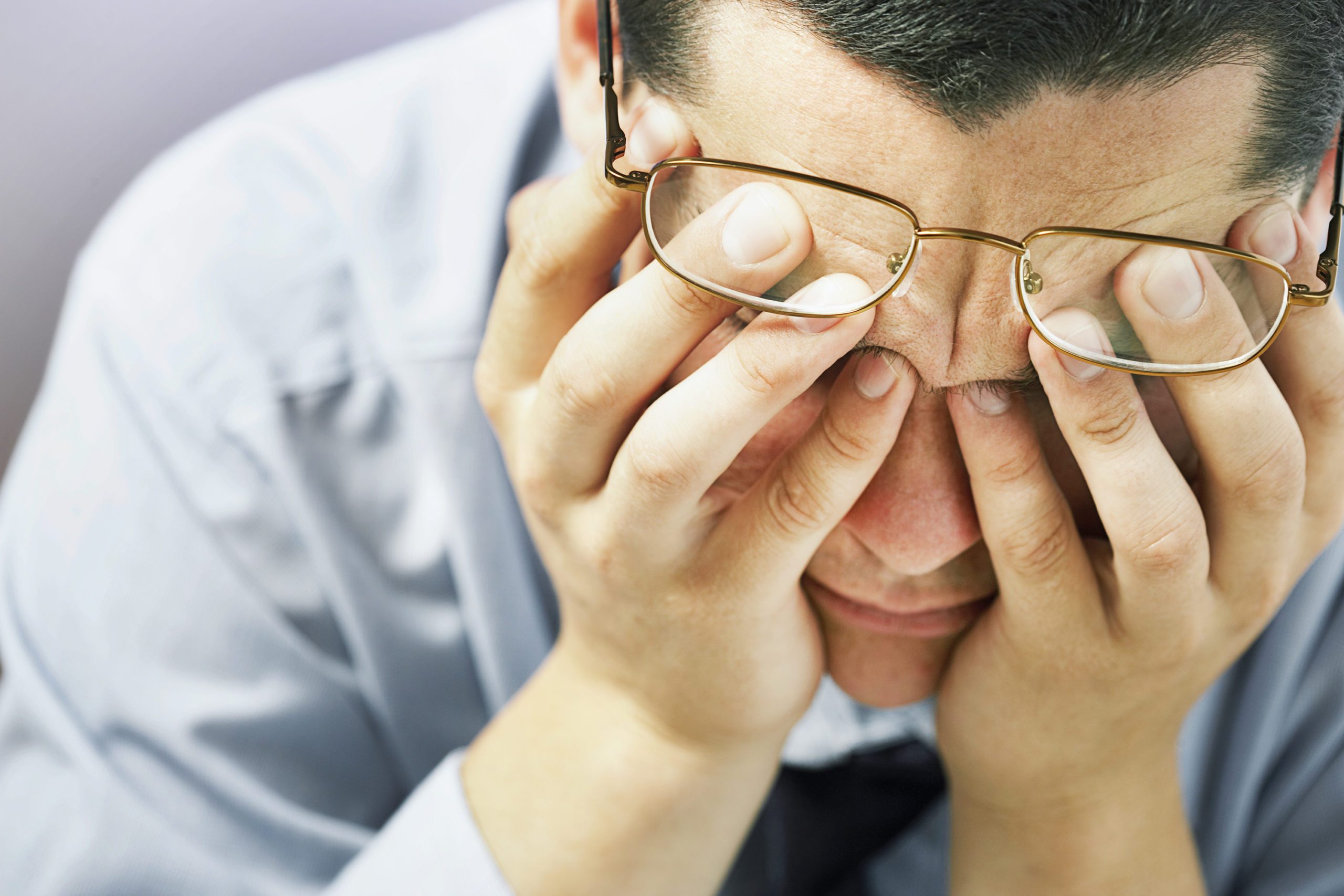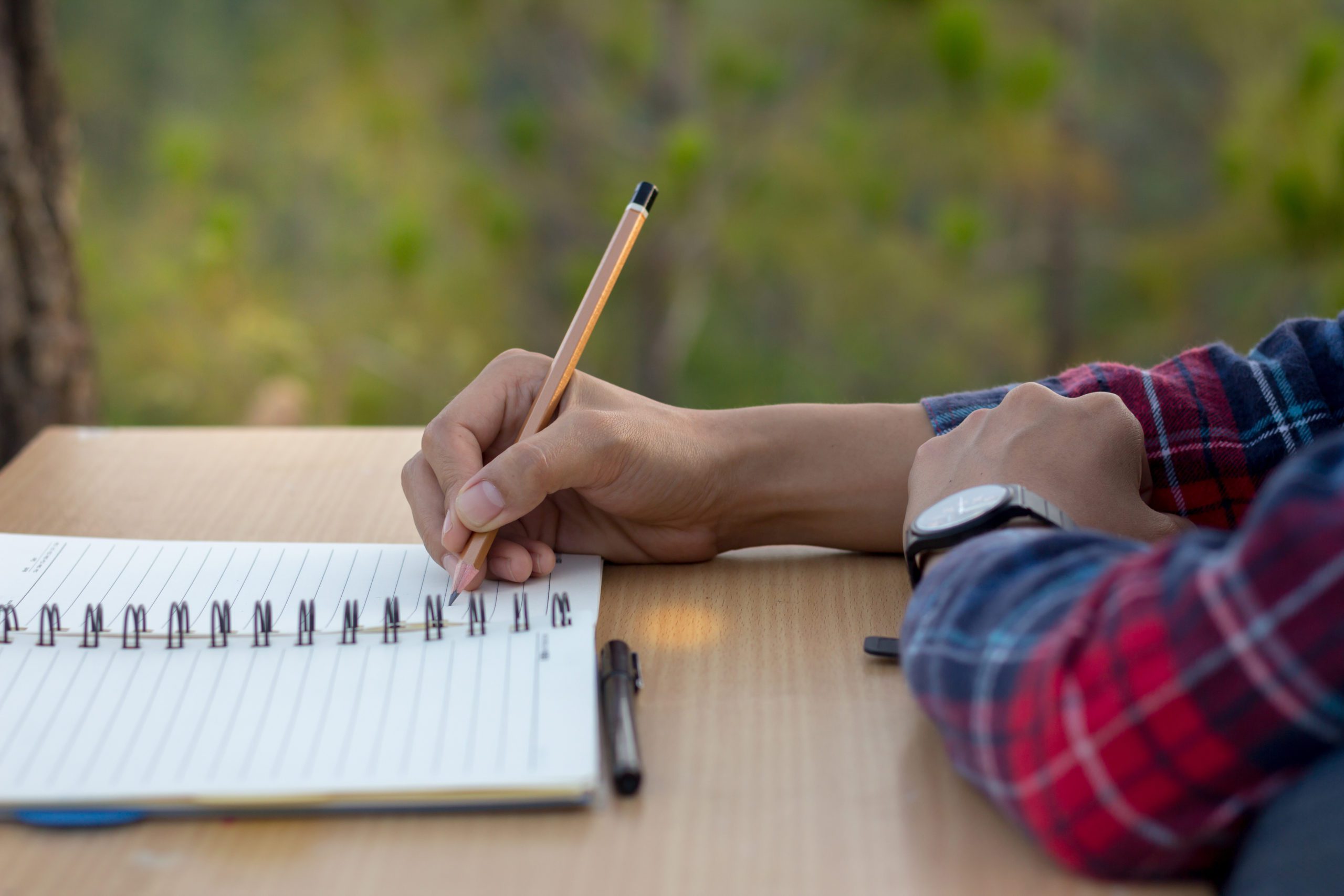For those of us living in Southern California, the week brought forth several alarming headlines. For one thing, there was a tragic shooting at a synagogue near San Diego. And even more recently, a suspect was arrested who had been plotting to bomb the Santa Monica pier and several Los Angeles freeways. For those living with anxiety, stories like this can ignite deep rooted feelings of fear and paralysis. Even the idea of leaving your home can feel terrifying. But it is important to not let negativity overpower you and lead you down a dark path of phobias and addiction.
Therapist Jennifer Shannon recently authored an article titled Don’t Let Terrorism Hijack Your Brain. Unfortunately this subject matter is now timelier than ever and something that deserves to be addressed. Her piece referenced several other high profile incidents, such as the Orlando shootings and the massacre in San Bernardino. It is truly heartbreaking to know that these occurrences happen so frequently, but (as Shannon explains) there are ways to cope.
“When we become afraid—really afraid—our first instinct is to neutralize the threat,” Shannon explains in the article. “The primitive, survival-oriented part of our brain (the amygdala) sends chemicals and neural messages throughout our bodies prompting us to do something. We are not thinking with our more rational evolved minds. We get hijacked by negative emotion. When we let this primitive part of our brain do our thinking, we cannot calculate the likelihood of an event occurring. We can only imagine how bad it might be. When we act while in a state of fear, our attempts to stay safe actually make the problem worse.”
Those who become truly terrified tend to avoid public places altogether. Fears can include everything from the local shopping mall, to movie theaters to airplane flights. And sadly, those are all U.S. locales that have been affected by terrorism.
Shannon instructs her readers to recognize the fear instead of reacting to it. Don’t try to bury your anxieties. Rather, practice calming techniques and seek out professional resources to help you talk through your emotions.
The other major point is the toleration of uncertainty. Terrorism or not, we never know if some unplanned event may change our lives forever. Living in fear and worry will often make you feel less in control of your life and lead to even more mental struggles down the road.



